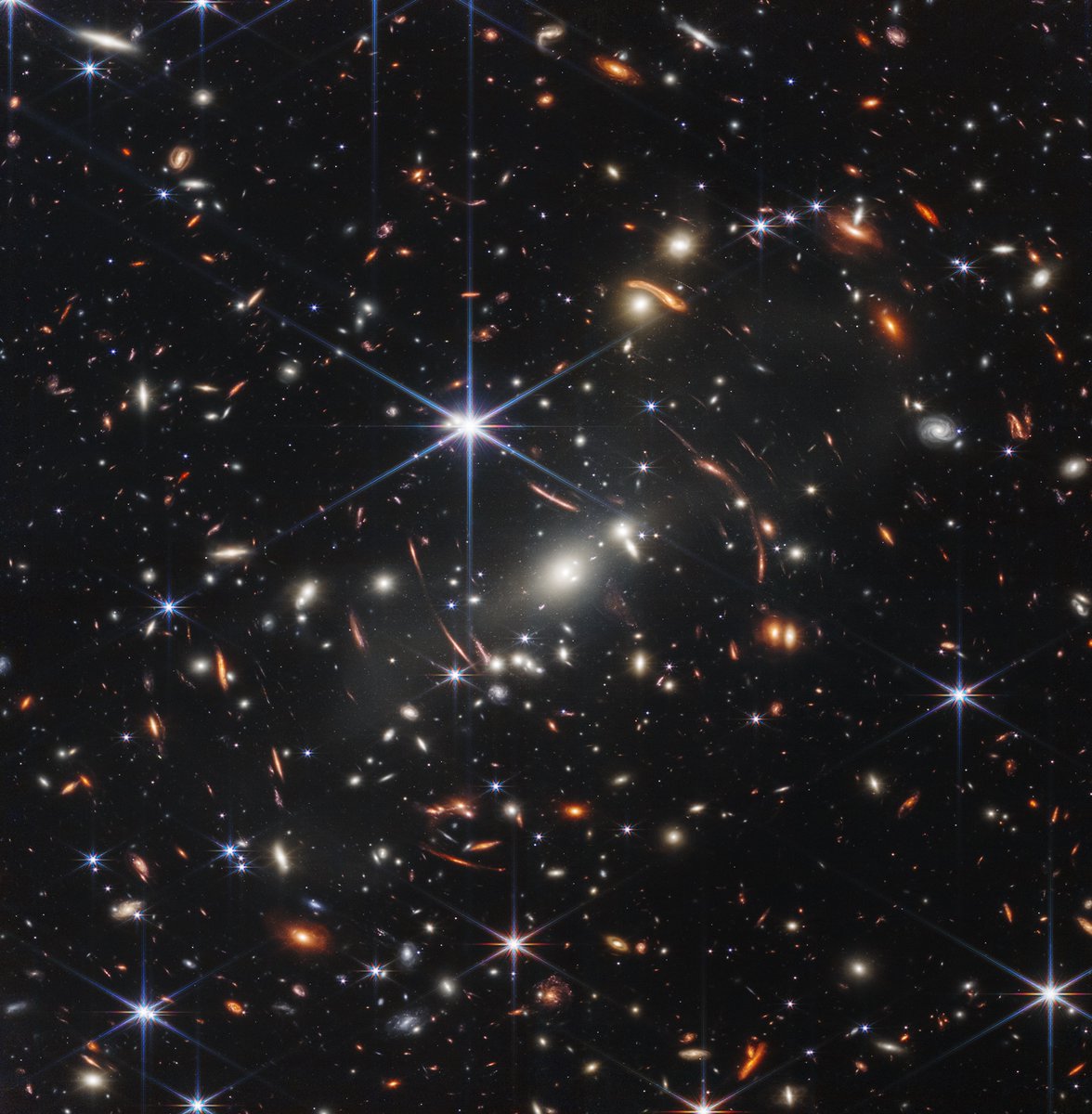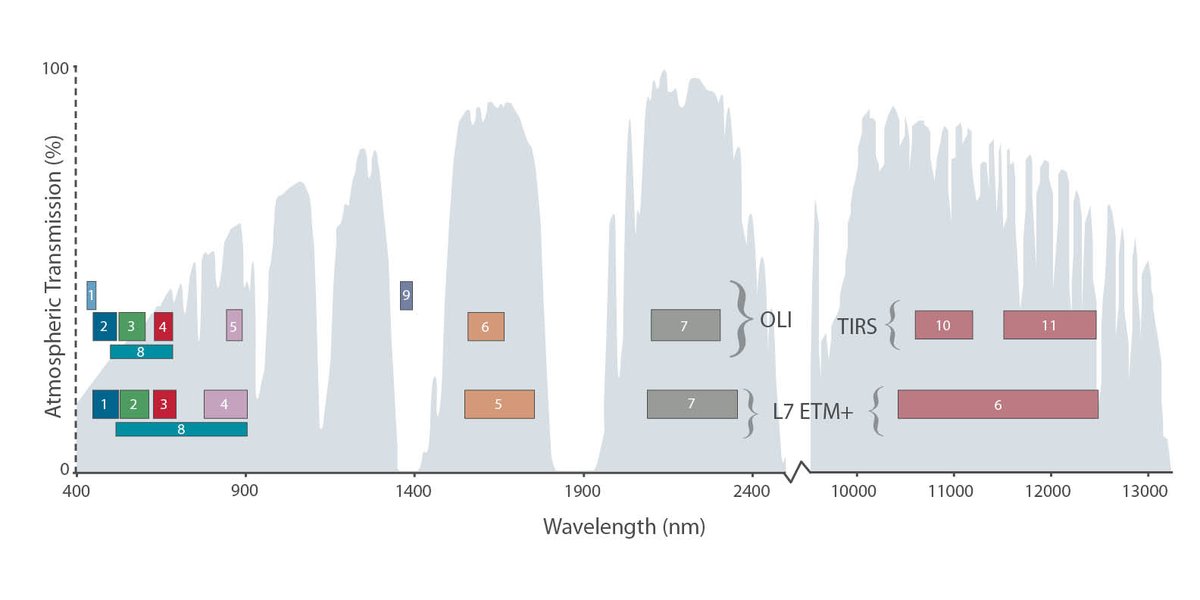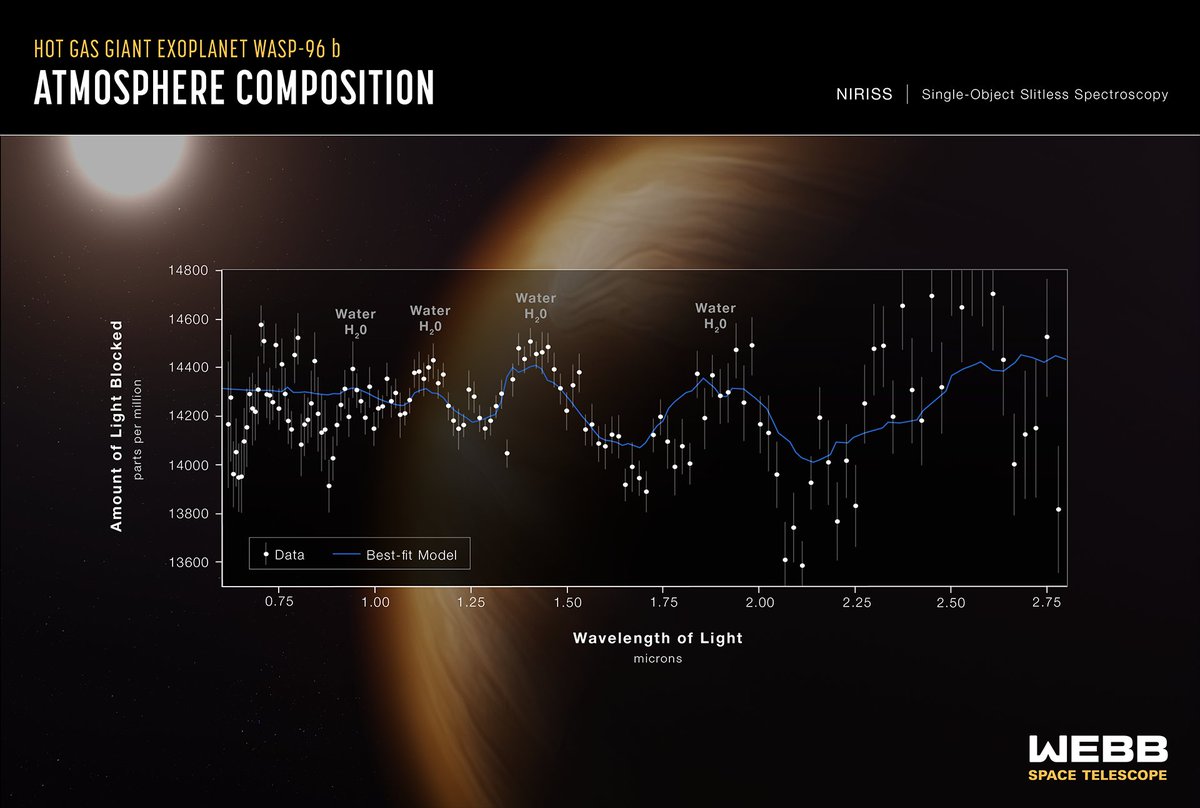Kelsey Jordahl
@kajord
The first JWST image released was a composite of 6 different infrared bands, F090W, F150W, F200W, F277W, F356W, and F444W. I'm not sure exactly how the IR bands were mapped to RGB, but generally the longer wavelengths are red and the shorter ones are blue.
7/12/2022, 12:41:15 PM
Favs: 4
Retweets: 0
link


